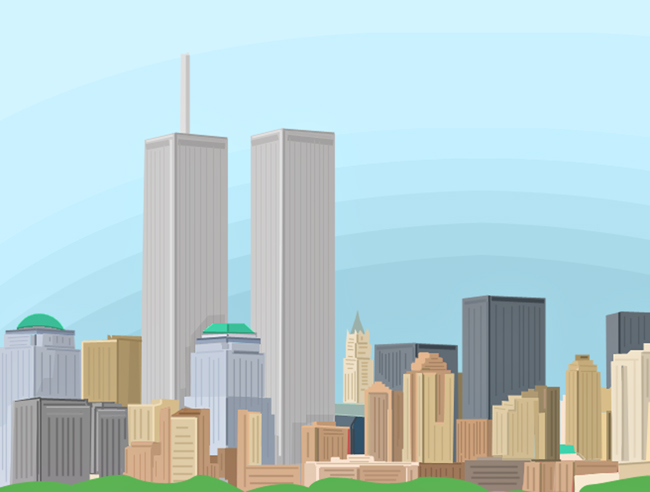There were a number of questions on everyone’s minds on the morning of Sept. 11, 2001, but most of them weren’t related to engineering. Planes hit tall buildings and then, later that day, those two buildings collapsed.
The devil is in the details, and since then, questions about the physics of the situation have led to many doubting the official story and writing a new one involving massive conspiracy. According to these 9/11 truthers, planes did not cause the Twin Towers to collapse. Instead, the destruction came from a controlled explosion planted by the government to provide justification for a military invasion.
On nearly every level, the premise is almost as flawed as it is offensive. How many people would it take to orchestrate a controlled explosion without alerting those who weren’t in on the secret? And who could ensure that they would all stay quiet? And how could an extremely divisive president organize such an elaborate plan without his enemies uncovering it?
Never mind those nitpicks: The truthers fixate on specific anomalies related to the attacks, demand to know the answers and then refuse to believe the answers they’re told. One of the biggest elements of their conspiracy focuses on World Trade Center Building 7, a 47-story building north of the Twin Towers, which collapsed in the afternoon on 9/11 even though no planes collided with it.
How could this happen?
According to the official report from the National Institute of Standards and Technology (NIST), debris from the North Tower ignited fires on at least 10 of the floors in WTC 7, damaging its structural integrity. The lower floors’ fire sprinklers, which relied on city water, failed since the collapse of the two towers damaged the underground pipes. The fires spread out of control, ultimately leading to the building’s collapse.
What much of the truther literature does — and there’s little to no consistency between claims from one individual to another in the movement — is confuse information by taking it out of context or misrepresenting it, while relying heavily on early or testimonial information that was later invalidated.
When it comes to the actual verifiable facts, the proponents make assertions that could easily be debunked by first-year engineering students. For instance, during part of WTC 7’s collapse, the building was in or very near free fall — and this is true. According to truthers, this could only happen from a controlled explosion — this is not true. In fact, free fall is completely consistent with a tower whose fire-weakened structure provided negligible resistance during much of its collapse.
Truthers jump on the NIST report, which cites damage occurring because of the different expansion rates of concrete and steel, even though both have similar coefficients of expansion. But there are two issues here: the first is that although the two materials expand by the same amount in response to heat, they don’t expand at the same speed, and rapidly expanding steel could damage more slowly expanding concrete. Additionally, with long beams, such as those in the tower, even a small difference in expansion can become magnified.
Similar assertions flow throughout the 9/11 truther literature: Fire isn’t hot enough to melt steel, the debris contained explosive residue, one can supposedly see smoke from individual bombs, etc. These points are raised in long articles and books full of confusing and technical-sounding language, which can’t be easily or quickly refuted (the NIST’s description of the probable destruction sequence goes on for more than 700 pages) and most of the finer details can’t be offered at a level that a layman can understand.
What is clear, though, is that based on the information that is understandable, a little bit of research reveals the story offered by the 9/11 truthers to be inconsistent with itself and reality. Additionally, no members of the movement have provided any sort of positive evidence that even suggests the government was behind it, even if this somehow was a conspiracy.
We may never know every detail of what led to the events of 9/11 or if there’s anything we could do to prevent a similar tragedy from occurring in the future, but jumping to absurd conclusions does a disservice to the memories of the victims, not to mention our quest to understand the truth.















